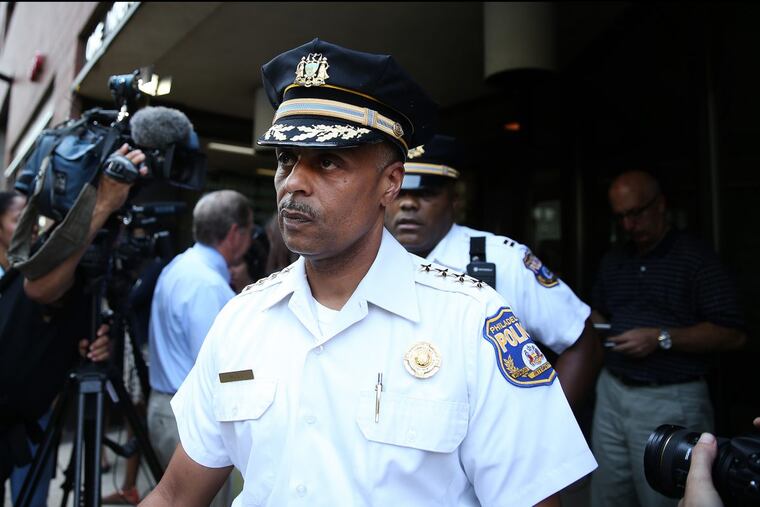As most crime decreases, Philly records highest year-end homicide total since 2012
Homicides in Philadelphia were up in 2017 even as other violent crime continued to decrease, and officials aren't sure why.

Violent crime in Philadelphia continued to fall in 2017, with offenses including rape, robbery, and aggravated assault likely to rival last year's notably low totals, according to preliminary police statistics.
But for the first time since 2012, the city recorded more than 300 homicides — an uptick of nearly 15 percent and the only category of violent crime to substantially increase, the statistics say.
Police officials and criminologists are hard-pressed to explain why murders were up when other crime was down, particularly because fewer shootings were reported in 2017 than the year before.
The Brennan Center for Justice, a New York-based policy institute, said in a preliminary analysis of 2017 crime data that some other cities, including Baltimore and Charlotte, N.C., also experienced higher murder totals even as national levels of urban crime continue to decline, but analysts stopped short of offering explanations.
"It's tough to point to an iron-clad cause," said Ames C. Grawert, counsel for the Brennan Center.
Locally, officials point to several factors that could have contributed to Philadelphia's 2017 homicide spike, including the opioid epidemic, a department that had been several hundred officers short of what Commissioner Richard Ross feels is an adequate staffing level, and easy access to guns.
Let's analyze some of those elements.
The opioid crisis
Two of the city's most violent police districts — the 24th and 25th — intersect in Kensington, in the heart of the city's open-air drug markets and where heroin users have flocked amid a national opioid epidemic.
Those two districts alone recorded about a quarter of the city's homicides and shootings in 2017, according to police statistics. And Ross believes competition from the drug trade is fueling the violence, with dealers angling to control lucrative territory.
"It drives competition, and with competition and drug-trafficking organizations you tend to get drug violence that comes with it," Ross said.